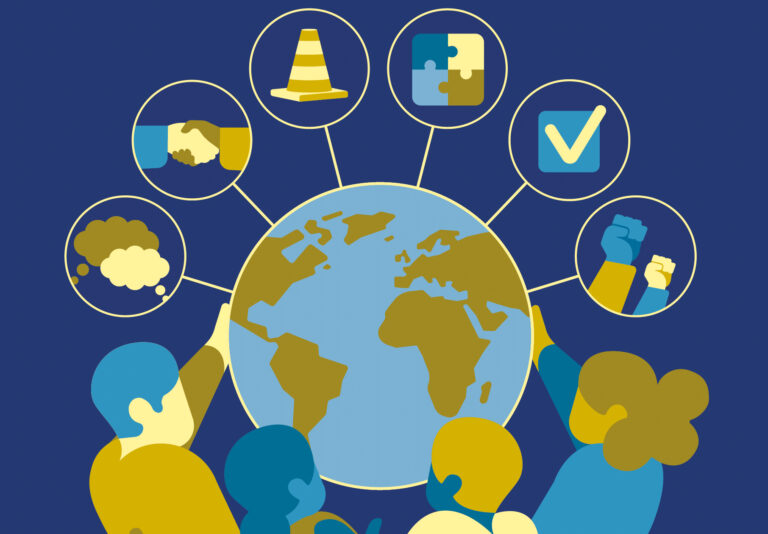Every child has the right to quality education and learning. This means that when you design your lessons or start thinking about settng up a new project you must consider how to provide the opportunity of participation for all your students, regardless of their various physical and mental
abilities.
With careful planning it is indeed possible for everybody to participate. First and foremost, you need to learn about your own implicit biases and blind spots, to help you actively mitigate those in your teaching.
Find out more about Project Democrat!
This document is a comprehensive guide for teachers on stakeholder engagement and activity planning for democratic education. It covers a wide range of topics related to inclusive and participatory teaching methods, with a focus on creating safe and engaging learning environments for all students.
Key Sections and Concepts
Participation and Inclusion
The guide emphasizes the importance of providing equal opportunities for all students to participate, regardless of their physical or mental abilities. It encourages teachers to:
- Consider various types of disabilities and potential barriers
- Involve students and families in planning
- Create physically and mentally safe spaces for learning
Universal Design for Learning (UDL)
This approach aims to remove barriers to learning by:
- Offering information in multiple formats
- Providing various ways for students to interact with material and demonstrate learning
- Finding diverse ways to motivate and engage students
Child Agency
The document stresses the importance of recognizing children’s capabilities and rights, including:
- The right to express opinions and be heard
- Freedom of expression and access to information
- Involvement in decision-making processes
Parent/Grandparent Participation
The guide highlights the significant impact of family involvement on student success, suggesting ways to engage parents and grandparents as:
- Resources for skills and knowledge
- Fundraisers
- Educators and supporters
Local Community Participation
Engaging with the local community is presented as a valuable resource for:
- Providing venues and skills
- Offering material resources
- Representing local minorities and traditions
Inclusive Assessment and Evaluation
The document discusses various assessment types and emphasizes the importance of:
- Diagnostic, formative, and summative assessments
- Inclusive assessment practices that don’t disadvantage certain students
- Considering alternative approaches like “ungrading”
Project Planning and Implementation
The guide provides advice on:
- Choosing appropriate topics and formats for projects
- The role of the teacher as a “Leader of learning”
- Engaging students in the decision-making process
Keywords
- Inclusive education
- Universal Design for Learning (UDL)
- Child agency
- Stakeholder engagement
- Participatory approach
- Whole School Approach
- Project-based learning
- Inclusive assessment
- Cultural sensitivity
- Democratic education
- Parent participation
- Community involvement
- Safe learning environment
- Student-centered methods
- Collaborative decision-making
This guide serves as a comprehensive resource for educators looking to implement more inclusive, participatory, and democratic teaching practices in their classrooms and schools

